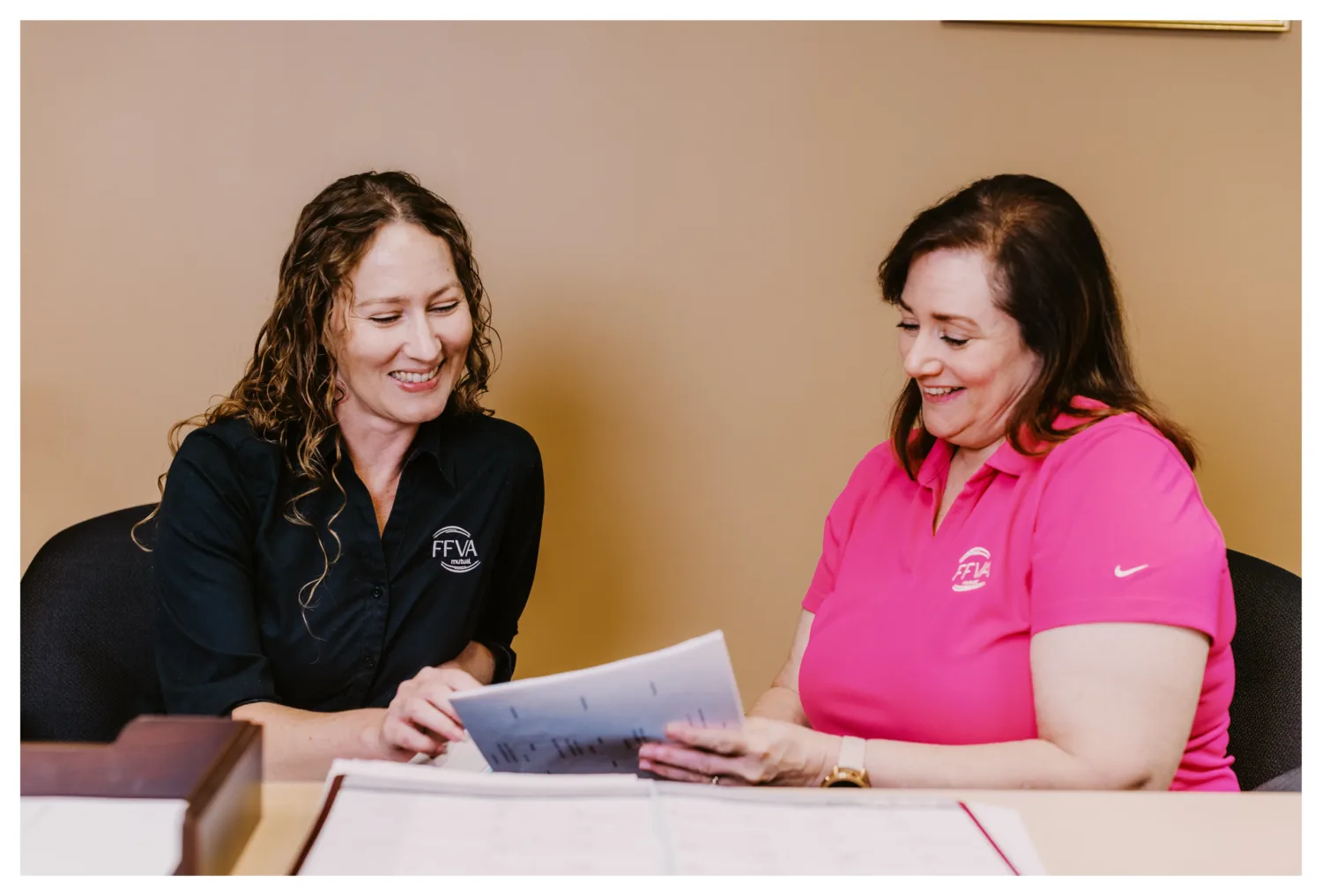Why Heat Stress Prevention Matters
When exposed to high temperatures, the human body relies on mechanisms like sweating and increasing blood flow to the skin to regulate its internal temperature. However, in extreme heat or when humidity levels are high, these cooling processes can fail, resulting in a high body temperature and potentially dangerous heat illnesses.
Heat stress is a serious danger, encompassing a range of heat-related illnesses, from mild rashes to severe heat stroke. This condition occurs when the body’s ability to cool itself is overwhelmed by environmental factors, such as high temperatures, humidity and direct sun exposure. If left untreated, heat stroke can cause permanent disability or even death.
That’s why preventing heat stress is critical, particularly for those working in hot environments — whether outdoors or in poorly ventilated indoor settings. In this blog, we’ll explore the risks of excessive heat, why it matters and what employers can do to protect their workers.
The Dangers of Occupational Heat Exposure
As summers get hotter, workplaces are grappling with the impacts of these extreme temperatures, especially when employees need to work outside.
For employers to be able to prevent heat stress, they first need to understand the common illnesses it can cause:
- Heat cramps: These are painful muscle spasms that occur due to excessive sweating and loss of salt and minerals. They can be prevented by staying hydrated and replenishing electrolytes.
- Heat rash: A skin irritation caused by excessive sweating, leading to red, itchy bumps. Keeping the skin dry and wearing lightweight, breathable clothing can help prevent this condition.
- Heat fatigue: General tiredness and discomfort that can impact productivity and safety. Regular breaks and adequate hydration can mitigate the effects of heat fatigue.
- Heat exhaustion: Characterized by heavy sweating, weakness, dizziness, nausea and rapid pulse. Immediate treatment includes moving to a cooler place, drinking water and resting.
- Heat stroke: This is a life-threatening condition where the body’s temperature rises above 104°F, leading to confusion, hot and dry skin, and loss of consciousness. A heat stroke requires immediate emergency medical attention, along with cooling measures like applying cold packs and cool water and using fans.
How Can Employers Prevent Heat Illness at Work?
Now that you understand how excess heat impacts employees, it’s time to learn how to minimize these risks in the workplace. While there are many techniques and tools you can implement, these strategies typically fall under one of three categories.
These are the three pillars of heat illness prevention. Employers can use them to guide their strategies and ensure they have a balanced approach across these domains.
Administrative protection:
Administrative protection is the first pillar of heat protection, including policies and predures designed to minimize exposure. This involves scheduling regular breaks, providing heat stress education and adjusting work hours to cooler parts of the day. Administrative measures are essential to prevent heat stress and avoid overexerting employees.
Environmental protection:
The next pillar is environmental protection. This approach reduces heat exposure by improving indoor ventilation, installing air conditioning, providing cool water stations and reducing the physical demands placed on employees during peak hours. These measures are crucial because they directly lower the ambient temperature and improve air quality, making it easier for employees to maintain a safe body temperature.
Personal protection:
Personal protection is the final pillar, which focuses on equipping employees with the appropriate clothing and gear to manage working in a hot environment. Lightweight clothing, breathable fabrics and personal protective equipment like hats and cooling vests can help significantly reduce the body’s heat burden.
12 Tips for Preventing Occupational Heat Stress
To help you develop a comprehensive heat illness prevention program that keeps your employees safe this summer, here are our top four tips for each pillar of protection:
Take Administrative Action
1. Schedule Regular Breaks to Rest and Cool Off
Scheduling regular breaks allows employees to cool down and stay hydrated, preventing heat stress. Breaks in shaded or air-conditioned areas are essential to maintain safe body temperatures and reduce the risk of heat-related illnesses.
2. Implement Heat Stress Prevention Training
Educating employees about the dangers of heat stress and how to prevent it is crucial. These training sessions empower employees with the knowledge they need to protect themselves and their coworkers, fostering a culture of safety and awareness.
3. Keep an Eye Out for Employee Health Issues
Supervisors should monitor employees for signs of heat stress, such as excessive sweating or dizziness. Early detection and intervention can prevent more severe health issues, ensuring a safe work environment.
4. Establish a First Aid Response Plan
A first aid response plan for heat-related emergencies is crucial. This plan should include steps for treating heat exhaustion and heat stroke and access to cooling equipment to manage emergencies effectively.
Implement Environmental Measures
5. Monitor the Weather and Use Heat Alerts
Regularly monitor weather conditions and issue heat alerts to inform employees of extreme temperatures. Providing real-time updates helps workers prepare and take necessary precautions, such as adjusting workloads or taking more frequent breaks. This proactive approach ensures that everyone is aware of the risks and can stay safe during periods of excessive heat.
6. Adjust Shifts to Cooler Parts of the Day When Possible
Whenever possible, schedule work during the cooler parts of the day, such as early morning or late afternoon. By planning shifts around cooler times, employers can significantly lower the chances of heat stress and maintain a safer working environment for their employees.
7. Set Up Hydration Stations
Provide easily accessible hydration stations with cool water throughout the worksite, and encourage employees to drink water regularly, not just when they feel thirsty. Proper hydration is key to preventing heat-related illnesses, as it helps regulate body temperature and replace fluids lost through sweating.
8. Implement Cooling Devices
Use cooling devices like fans, misters and portable air conditioners to reduce ambient temperatures in the workplace. These devices help create a more comfortable environment by circulating air and providing direct cooling.
Provide Personal Protective Equipment
9. Offer Lightweight, Breathable Clothing
Supply employees with lightweight, breathable clothing that allows sweat to evaporate and keeps body temperatures regulated. Fabrics like cotton or moisture-wicking materials are ideal for hot weather conditions. Proper clothing choices can significantly reduce heat stress by enhancing comfort and allowing the body to cool more efficiently.
10. Provide Protective Sun Gear
Sun gear is essential for outdoor workers who are continuously exposed to the sun’s harmful rays. Ensure employees have access to sun protection gear, such as wide-brimmed hats, UV-blocking sunglasses and sunscreen.
11. Install Shade Solutions
Set up shade structures or tents in outdoor work areas to provide relief from direct sunlight. Shaded areas allow employees to take breaks out of the sun, helping to prevent overheating and reduce the risk of heat stress. These spots provide workers with a place to cool down throughout their shifts.
12. Equip Employees With Self-Monitoring Tools
Finally, equip employees with tools like personal thermometers, wearable tech and apps like the OSHA-NIOSH Heat Safety Tool. Self-monitoring body temperature, hydration levels and environmental conditions empowers workers to take timely action to prevent heat stress at work, such as drinking more water or taking a break when necessary.
Learn More About Developing an Effective Heat Stress Prevention Program
Implementing a comprehensive heat stress prevention program is crucial for protecting workers and maintaining a safe, productive workplace. By focusing on administrative, environmental and personal protection measures, employers can significantly reduce the risk of heat-related illnesses and create a culture of safety.
Looking to enhance your knowledge of heat stress prevention even further? Discover the keys to effective prevention in FFVA Mutual’s recent safety webcast on the topic.
Feel free to browse our other safety videos for more tips on keeping your employees safe.






























